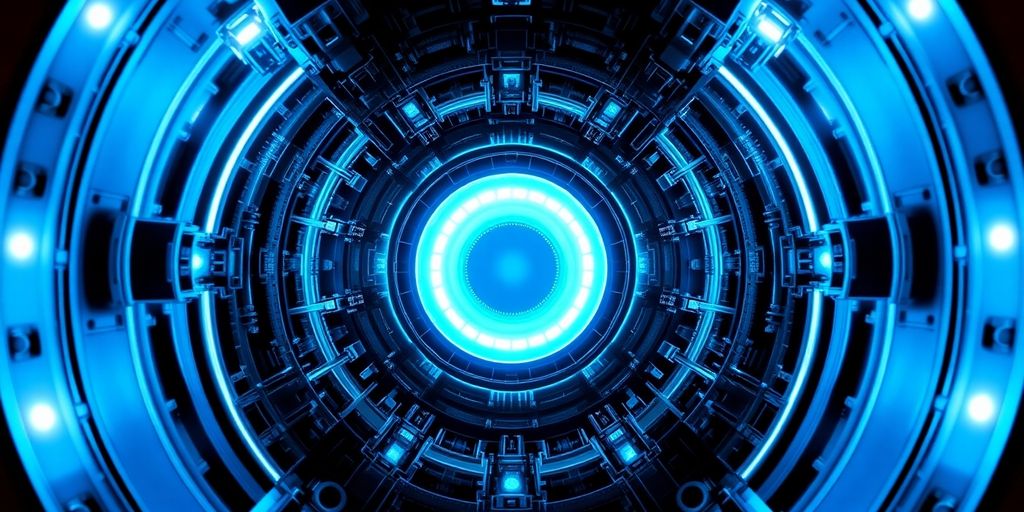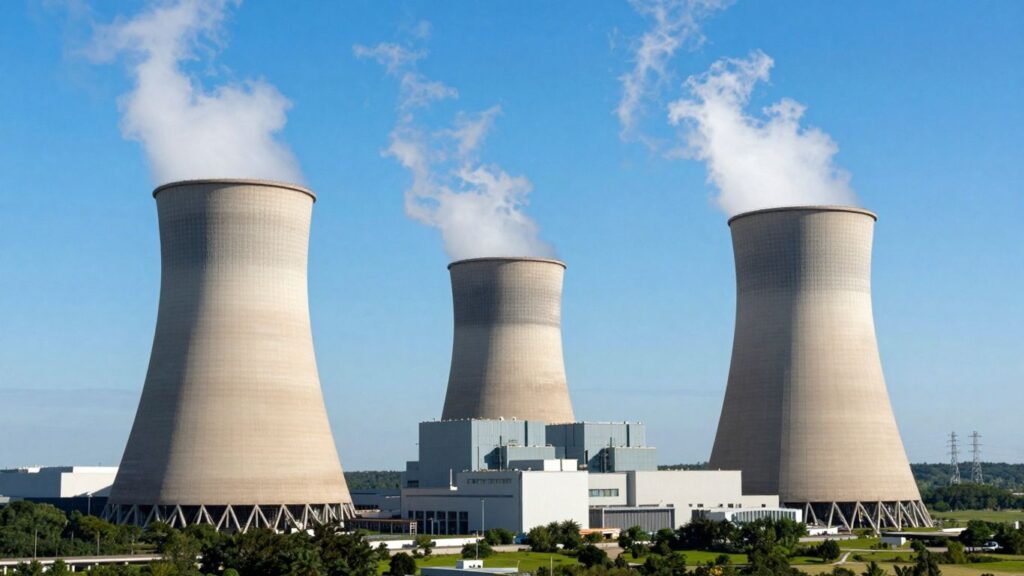China has achieved a significant milestone in nuclear energy by successfully powering up and reloading its experimental thorium molten salt reactor (MSR) mid-operation. This groundbreaking achievement, conducted in the Gobi Desert, marks the first time a thorium reactor has been refueled while still running, a feat that could redefine the future of nuclear power.
Key Takeaways
- China has successfully operated and refueled its experimental thorium molten salt reactor (MSR) without shutting it down.
- Thorium reactors offer potential advantages over traditional uranium reactors, including increased safety, reduced waste, and abundant fuel.
- China’s advancement builds upon decades-old U.S. research, positioning the nation at the forefront of thorium reactor technology.
A New Era for Nuclear Power
China’s experimental reactor, located in the Gobi Desert, is a 2-megawatt thermal output facility that utilizes thorium as its fuel source and molten salt as both coolant and fuel carrier. Unlike conventional uranium reactors that use solid fuel rods and water cooling, this MSR design offers enhanced safety features. The molten salt, with its high boiling point, significantly reduces the risk of meltdowns. In the event of a breach or overheating, the molten salt would simply cool and solidify, preventing catastrophic failures.
Thorium’s Advantages
Thorium, a more abundant element than uranium, presents several compelling advantages for nuclear energy. It produces significantly less long-lived radioactive waste and, crucially, is not suitable for weapons proliferation, enhancing global security. The thorium fuel cycle also allows for a higher fuel burn-up rate, meaning fuel can remain in the reactor for longer periods, reducing the frequency of refueling shutdowns. This characteristic is key to the reactor’s ability to be refueled while operational.
Building on Past Research
China’s success is partly attributed to its leveraging of declassified U.S. research from the mid-20th century. While the U.S. initially explored molten salt reactors, the program was eventually shelved in favor of uranium-based technology. Chinese scientists, however, revived and advanced this research, with project chief scientist Xu Hongjie stating, "We now lead the global frontier." China is already planning a larger, 10-megawatt version of the reactor, slated for criticality by 2030.
Global Implications and Future Prospects
This development positions China as a leader in the burgeoning field of thorium energy. While other nations like India and Norway are also investing in thorium research and development, China’s operational success with live refueling is a significant step forward. The technology holds the promise of a cleaner, safer, and more sustainable nuclear energy future, potentially playing a crucial role in the global transition to green energy.
Sources
- China Just Powered Up the World’s First Thorium Reactor — and Reloaded It Mid-Run, ZME Science.
- China’s TMSR-LF1 Molten Salt Thorium Reactor Begins Live Refueling Operations, Hackaday.
- China Unveils World’s 1st ‘Meltdown Proof’ Thorium Reactor, Crude Oil Prices Today | OilPrice.com.
- A Thorium Reactor Has Rewritten the Rules of Nuclear Power, Popular Mechanics.












